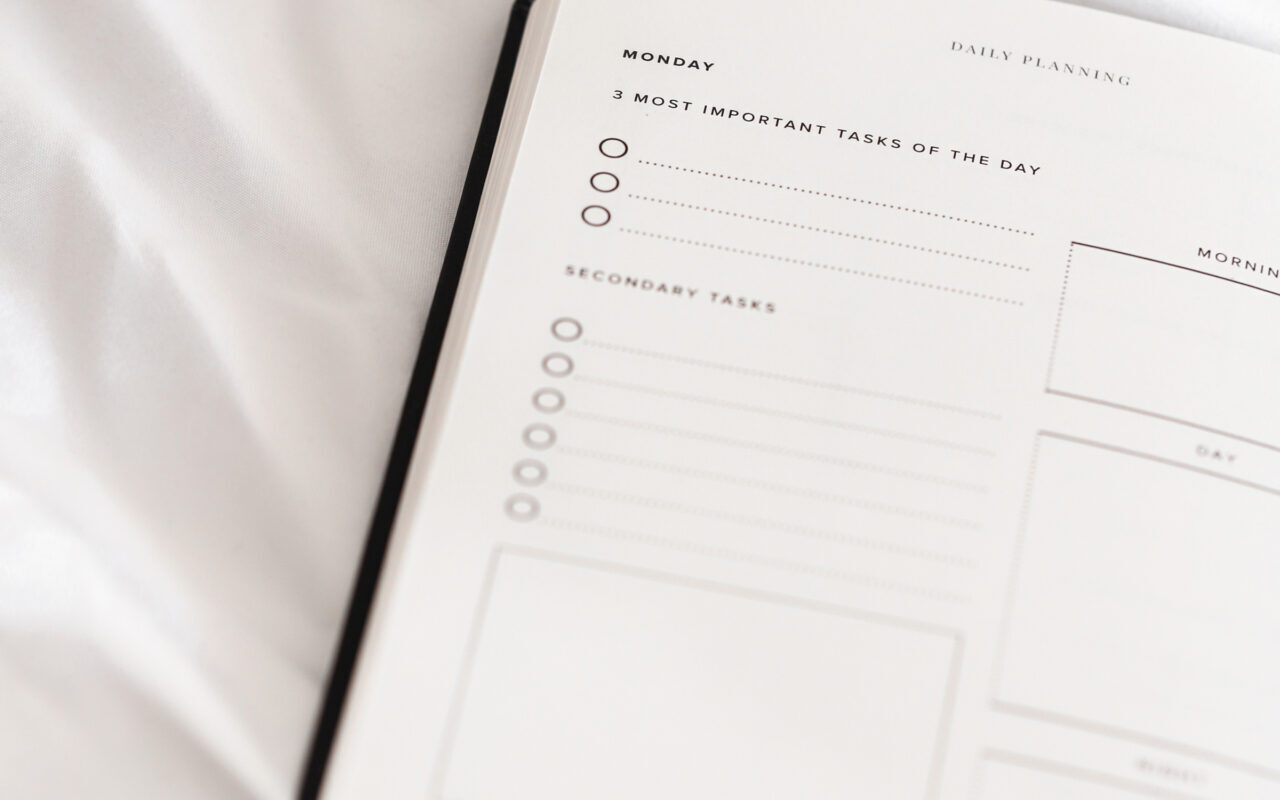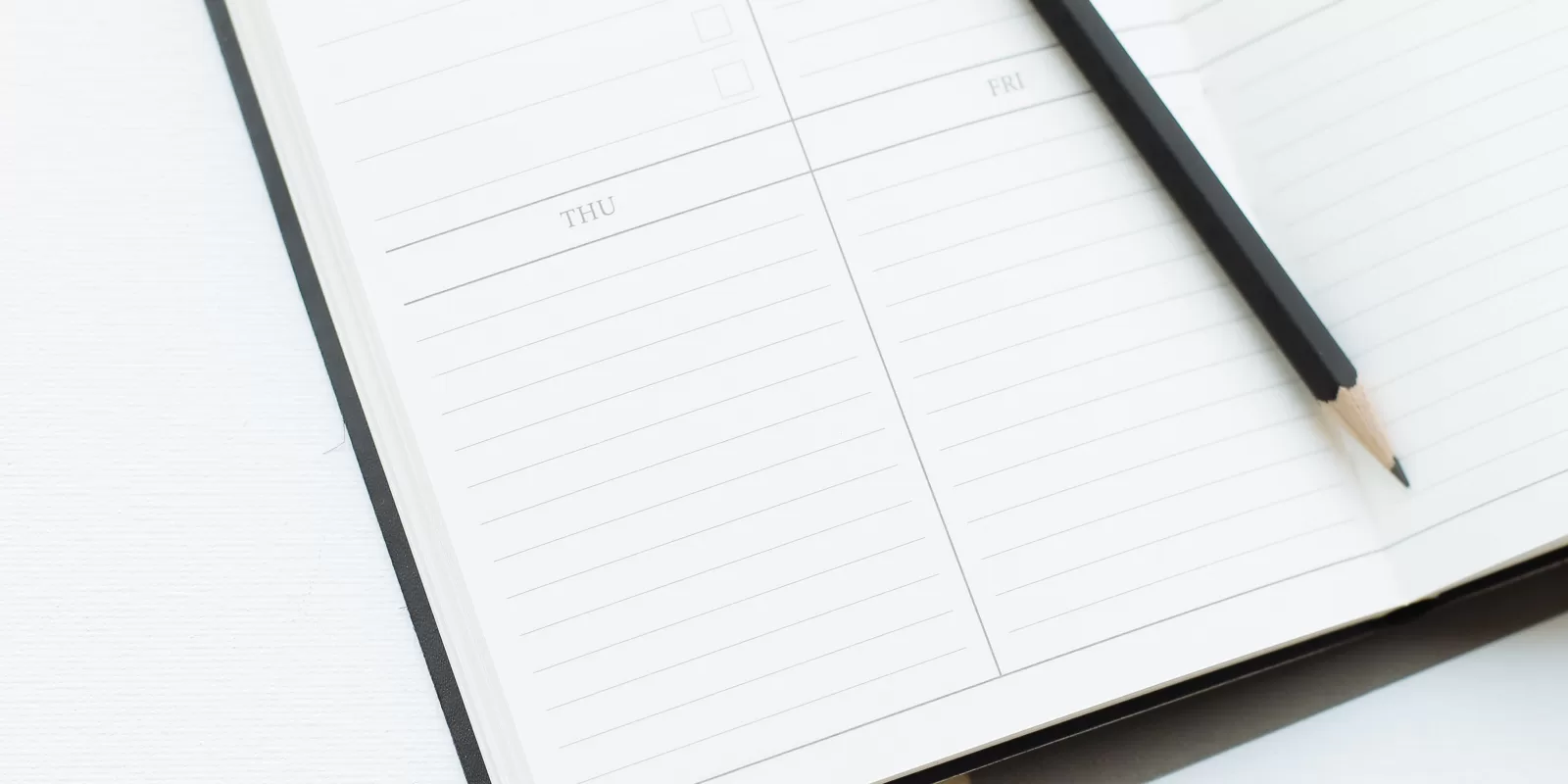 What is the Pomodoro Technique-
What is the Pomodoro Technique-
If you have trouble starting or staying on task, then this is the perfect solution. By using the Pomodoro technique, you’ll start to tackle projects head-on without feeling overwhelmed. You’ll be able to sustain focus while working and feel more accomplished at the end of each day. You’ll begin to notice that you’ve gotten more done than ever before.
The Pomodoro method was created in the late 1980s by Italian college student Francesco Cirillo. He created this method because of his need to figure out a way to optimize his study time.
He would set his tomato (called pomodoro in Italian) shaped timer for 25 minutes and commit fully to non-interrupted study time. Once the timer went off, his pomodoro was over, and he would take a 5-minute break. After repeating this process 4 times, he would enjoy a longer 20-30 minute break.
Master the Method-
This method might seem too easy, but that’s what works about it, it’s just too easy. Start by using the exact time mentioned above for at least a week to get the hang of this practice. Once you have the system down, feel free to play around and shorten or stretch the chunk of work and/or break time.
After you’ve mastered the Pomodoro technique, you might find you get into a better workflow when you aim for 40 minutes instead of 25. If it works for you, then stick to it.
Getting Started with Pomodoro’s-
Many of us have trouble starting projects that we know will take a large amount of time to complete. This is due to feeling overwhelmed and unsure of where to begin. The Pomodoro technique will help you break down projects into smaller, bite-sized pieces.
The hardest part of many things is getting started, so when you can commit 25 minutes to move forward on the task at hand, you’ll gain momentum. Once you’ve gained momentum, the ball will start rolling.
Take a break-
 Taking breaks in between Pomodoro’s will keep your mind refreshed and energized. For shorter breaks, do things that realistically fit into that time frame. Don’t call someone back if you know they’re going to ramble on; save that for a longer break. Instead, make yourself a coffee or a snack, do some stretching, or take a bathroom break.
Taking breaks in between Pomodoro’s will keep your mind refreshed and energized. For shorter breaks, do things that realistically fit into that time frame. Don’t call someone back if you know they’re going to ramble on; save that for a longer break. Instead, make yourself a coffee or a snack, do some stretching, or take a bathroom break.
For longer breaks, have lunch, take a walk around the block, or practice some meditation. Don’t spend your breaks checking emails or scrolling through social media. You’ll want to avert your eyes from a screen and give them rest, especially if you work from a computer. Use breaks as a way to recharge instead of depleting your energy.
Start Strong-
Typically, you’ll want to start and complete the most important task of the day before moving on to the next. How often do you juggle five things at once, only to finish the day with nothing completed?
While you may be a self-proclaimed master multitasker, our brain works better when we’re able to give one single task our full attention. You’ll produce better work, make fewer mistakes, and do less editing/polishing later on.
Only when you’ve finished the most important task for the day should you move on to the next. We tend to avoid doing the hardest job for the day by doing the easy ones first. This method forces you to start strong so that the rest of the day should be a breeze. You’ll have confidence knowing that you’ve done the hard part and can now tackle the rest.
Keep track of your interruptions, distractions, and impulses to check emails or social media feeds on a piece of paper. Perhaps you’ll notice that your brain wants to clock out right before lunch when your hunger kicks in. It could be that you start to mentally check out when coming across a mental block. When you start to realize your habits, you can notice them when they arise and not give in as easily.
Eliminate Distractions-
 Life happens, and interruptions are unavoidable. For anything non-urgent, tell your co-worker, spouse, etc. that you’re working on something and will be with them shortly. Put your phone on silent, do not disturb, or pop in some headphones.
Life happens, and interruptions are unavoidable. For anything non-urgent, tell your co-worker, spouse, etc. that you’re working on something and will be with them shortly. Put your phone on silent, do not disturb, or pop in some headphones.
If you’re someone who is easily distracted, attempt to figure out the distractions that are bound to occur in advance so they can be quickly nipped in the bud. A loud text message could instantly shift your focus, so make sure electronics are on silent.
If something does need your attention right away, that’s ok, end the pomodoro and take a break early. Work things out as you go along. If you know that from 8-10 am is when the majority of your daily interruptions occur, then work on a less important task during that time and work on the most important task of the day from 10-12 when there are fewer interruptions.
Be Realistic-
We tend to overestimate ourselves and don’t realize how much time something will truly take. How many times have you started a project that’s due on Monday or Sunday, only to realize that you could’ve used at least two extra days to do a proper job?
Using the Pomodoro technique will help you measure how long it actually takes to complete a task. This leaves you to better accurately plan in the future how much time different projects will take.
Flex your Focus Muscle-
Forming these habits will help you to keep pushing through when things get tough. After completing 4 Pomodoro’s, use your longer break to refresh and recharge your mental energy. When people attempt to study or work for hours upon hours without a break, eventually they’ll tire out.
Maybe you’re reading something, but it’s not registering, or you’re writing, but the words aren’t making sense. A break can help you to regroup and refuel your brain so that when you return to your task, you return at 100%.
Work Time-
 If a traditional work day is 8 hours, try to complete around 8-16 Pomodoro’s per day. 8 pomodoro’s would equate to 200 minutes of solid, uninterrupted work time, which is just over three hours. 16 Pomodoro’s would equate to 400 minutes or just over 6 hours.
If a traditional work day is 8 hours, try to complete around 8-16 Pomodoro’s per day. 8 pomodoro’s would equate to 200 minutes of solid, uninterrupted work time, which is just over three hours. 16 Pomodoro’s would equate to 400 minutes or just over 6 hours.
When you think about it, most 8-hour workdays are hardly filled with work but with meetings, water cooler chats, and checking emails. Of course, every day is different; some days you’ll complete 10 with no problem, while other days it’ll be a struggle to complete 3. Be easy with yourself and do the best you can that day.
Pomodoro Patterns-
You may see trending patterns over time, like from Monday-Wednesday, you complete more than on Thursday-Friday. When you notice your patterns, you’ll know to complete your highest-ranked tasks from Monday-Wednesday when your brain has more focus. If you get antsy for the weekend, then from Thursday-Friday, complete the least important tasks of the week.
Final Thoughts-
 This Pomodoro technique is the perfect method to track your productivity, get you started, and keep you focused. By using this method, you can measure your strengths and weaknesses when it comes to getting shit done.
This Pomodoro technique is the perfect method to track your productivity, get you started, and keep you focused. By using this method, you can measure your strengths and weaknesses when it comes to getting shit done.
Keep track of your patterns and habits so that you’ll be in the best shape to complete your work. Work smarter, not harder, and get more done in less time by setting realistic goals and smashing them.
Hopefully, you begin to practice this method and leave behind the stress of deadlines by staying ahead of the game. Instead of multiple half-completed projects staring you in the face, you’ll tackle and complete them all with ease. You’ll be happy when you implement the Pomodoro technique into your life!




